Bending Gravity, Researchers Capture Star-Birthing Region 10 Billion Light Years Away
New observatory spots where stars come from
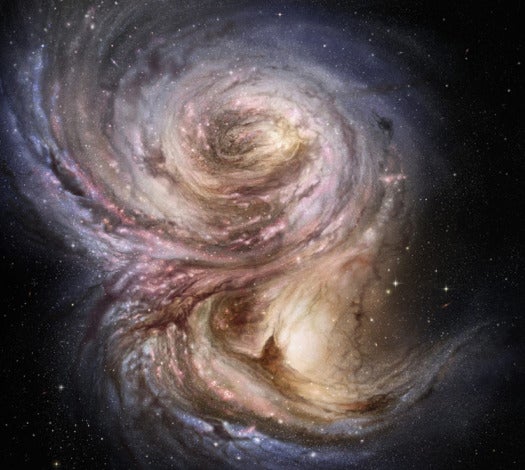
Using a little astrophysical magic and the Atacama Pathfinder Experiment Telescope in northern Chile, astronomers at Durham University in England captured the best view yet of individual star nurseries in a galaxy a full 10 billion light-years from Earth. And all they had to do was bend a little light.
The star birth region above — SMMJ2135-0102, for those of you keeping cosmic score — is about 300 light-years across and contains concentrations of stars 100 times greater than similar regions in our own galaxy. Follow up snapshots taken with the Submillimeter Array in Hawaii further sharpened the view, revealing four star-forming factories in the galaxy.
But while images of the far cosmos are nearly always visually appealing, this one is especially intriguing because of the way it was captured. This faraway galaxy normally couldn’t be seen in such dramatic detail, but as chance would have it a huge cluster of nearer galaxies drifted into our line of sight to SMMJ2135-0102. Because massive bodies — like huge clusters of galaxies — bend light, the further galaxy appeared 16 times larger to telescopes here on Earth.
This view shows the nursery at its star-birthing peak when the universe was about 3 billion years old. And it’s true what they say: the miracle of birth is a beautiful sight to behold.
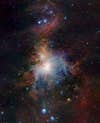
Young Stars Emerge Around Orion Nebula

Sharpest Image Yet of Star-Birthing Factories
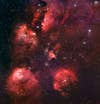
Cat’s Paw Nebula
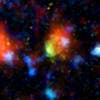
Baby Boom Galaxy

Planck Satellite Illuminates Interstellar Dust
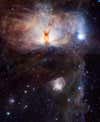
VISTA Infrared Telescope Reveals Flame Nebula